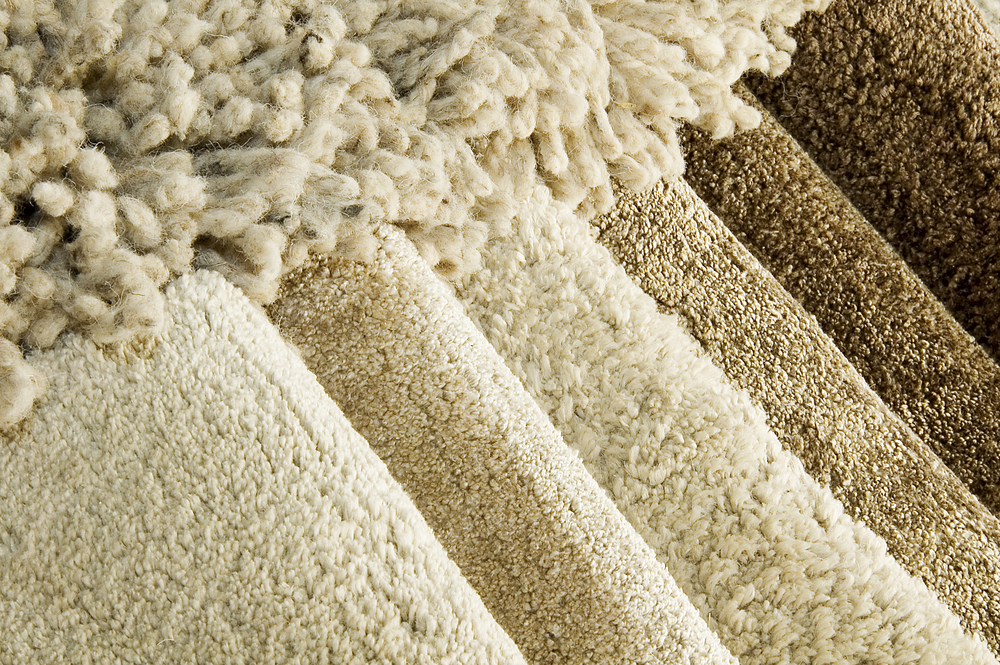
It’s well known that homemakers can match rugs with attractive laminate flooring or exposed wood flooring. The two go together perfectly because the former reinstate a bit of homeliness and warmth after the latter have brought the cleanliness and the simplicity.
However, laminate flooring and wood flooring aren’t for everyone and they aren’t necessarily for every room. The UK in particular has a strong relationship with wall-to-wall carpeting. In some cases, that’s detrimental to the style and even the hygiene of the home (given that laminates are easier to clean and don’t hold house dust.)
For all that, you have to allow for the occasions when wall-to-wall carpeting looks and feels right. For instance, you may have laminate or exposed flooring throughout the communal areas of the home – in the hall, on the landing, in the bathroom, in the kitchen etc. – but reserve carpets for the cosier parts of the house – the bedrooms and the lounge.
There’s nothing at all wrong with that approach. Some people find carpets easier to clean because they force them to get the vacuum cleaner out more often. Plus, they are easily able to achieve the attractive and simple neutrality of laminates. Simply by using carpets that are neutral in colour and don’t feature any pattern.
In fact, this is a really popular strategy. Why else would cream carpets be the most common purchases?
Effective Combinations
So, the question we now have to ask is the one that gives us the title of this particular feature. Can you match rugs and carpets?
Some people would say that you can’t. That rugs belong with laminates, exposed wood and tiling only. That complementing a carpet with a rug is simply to introduce too much material. This way of thinking serves as a decent general rule but in practice homemakers regularly make the carpet-rug combination work really effectively.
Patterned Rugs
It all starts with the carpet. As long as the carpet is neutral then you’ve a chance of making it work with a rug. Sadly, it never works the other way round. When a plain rug is placed on top of a heavily patterned carpet all it does is draw attention to how busy and crowded the decor is.
Instead, placing a patterned rug on a plain cream carpet can work wonders. It’s best if both rug and carpet have a relatively low pile, otherwise you are likely to run into complications with texture. The room will become excessively soft and a little stifling.
Shallow Carpets
If the weave of the carpet is relatively shallow then you can lay a rug on top of it and things will remain neat. In fact, the coarser the carpet the more options you’ve got when it comes to rugs – you can go for something coarse, hardwearing and environmentally-friendly like a sisal rug just as readily as something luxurious like a sheepskin rug.
Pale Rugs
When your carpet is pale and neutral, you’ll find that modern rugs and traditional rugs work just as well as one another and your rug selection will be based on the overall theme you’re hoping to achieve – you’ll be matching the rug with the furniture and the wall art and things; the carpet will be out of the equation stylistically and that’s exactly what you want – for the carpet to be a background element.
Adaptable design
A word on colour now: you may think that neutrality is more important than the paleness of the carpet you pair up with a nice rug. This isn’t entirely the case. The two qualities have equal weight in this decision really.
You see, when you lay a rug on a carpet for any length of time, the natural light that pours in through the windows will gradually cause the colours to fade. If you have a bright or deeply coloured carpet, then it will fade evenly – except for the portion underneath the rug. Which means you can’t adapt your decor at a later date. You’ll always need that exact spot covered.
In the interest of saving money and keeping your interior design adaptable, it’s best to match your rugs with carpets that are both neutral and pale.
Updated November 2021

Get Social